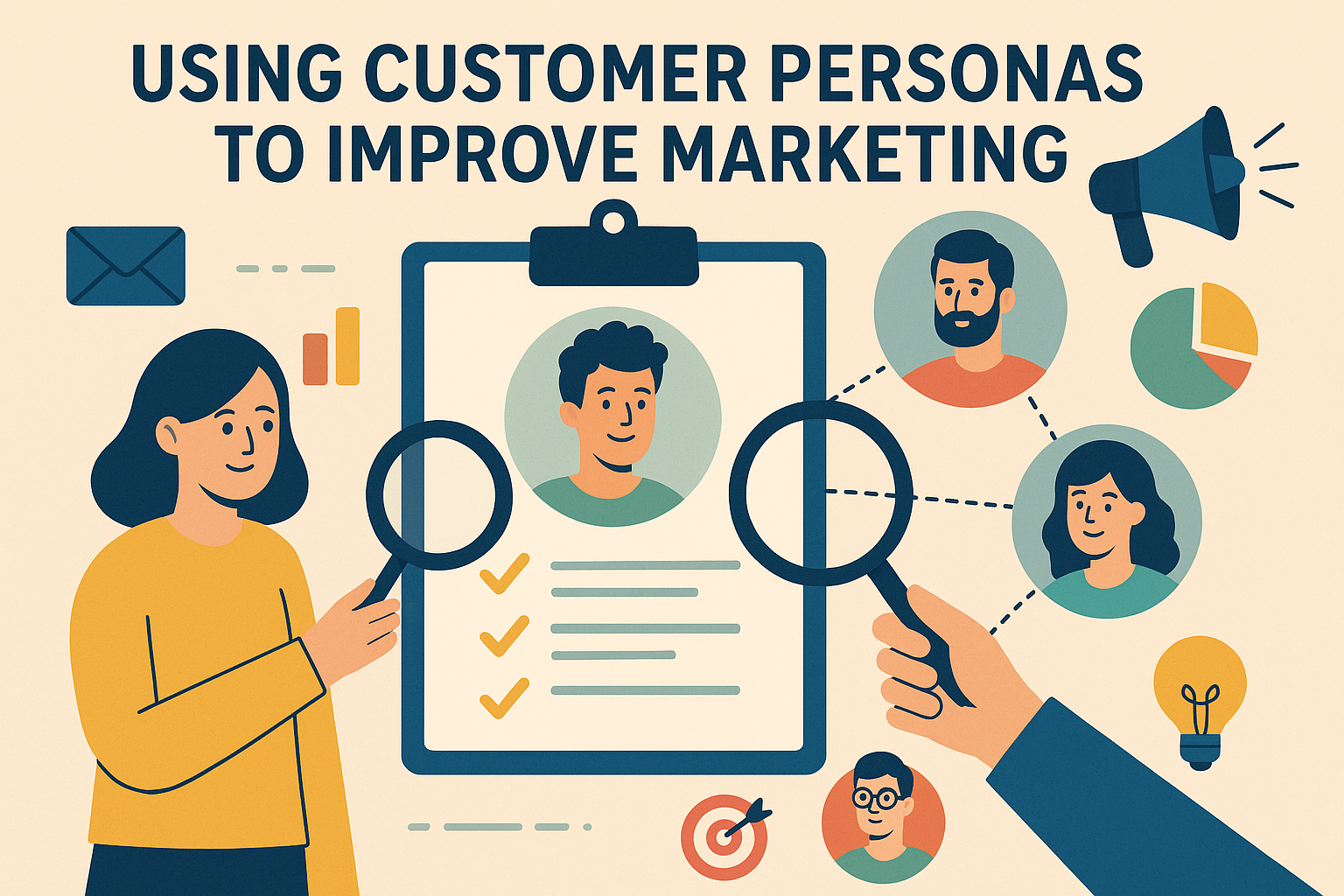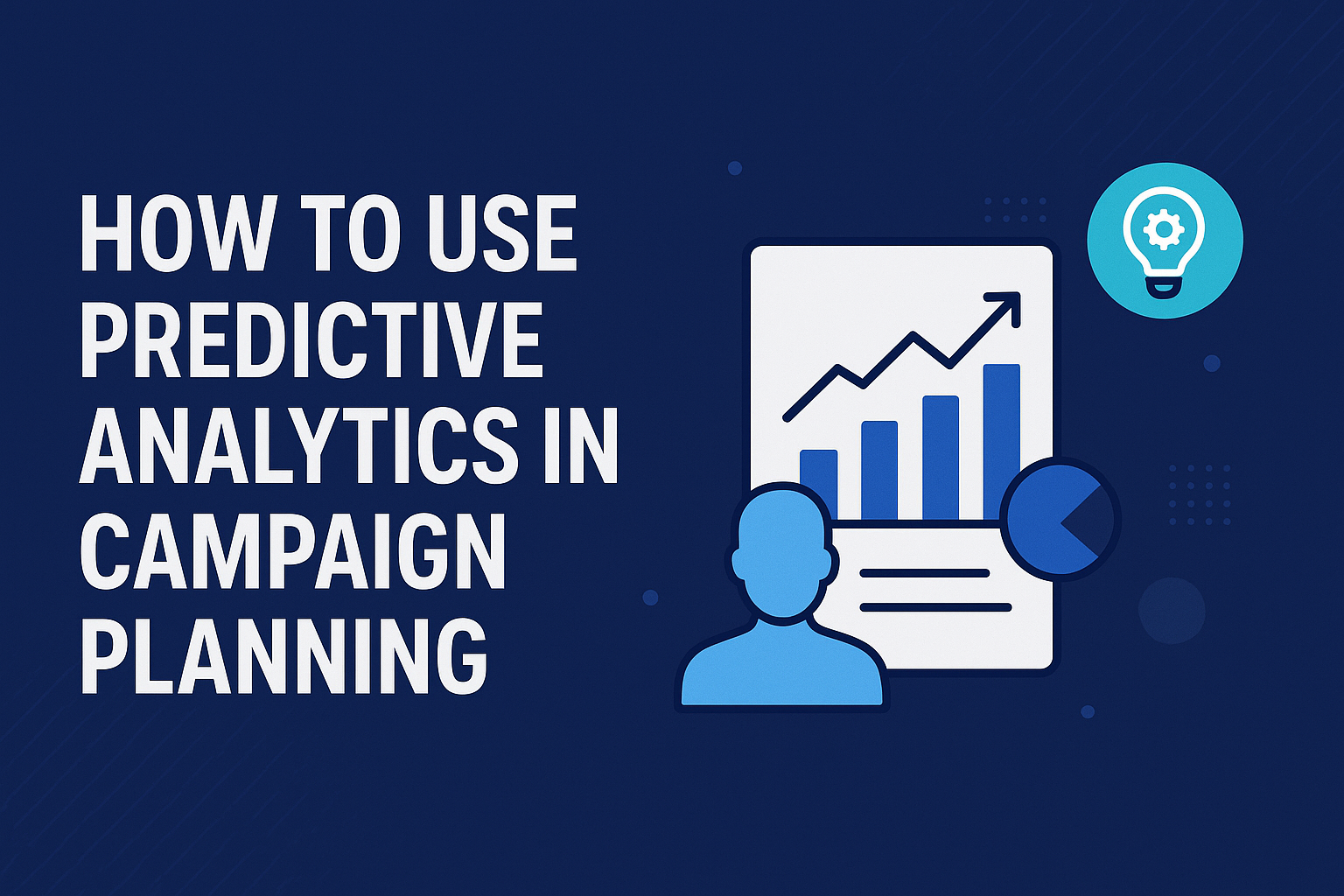
Using Customer Personas to Improve Marketing Strategy and Results
In the age of hyper-personalization and data-driven decision-making, generic marketing messages no longer cut it. Brands need to speak directly to their audience — not just as a group, but as individual segments with specific needs, behaviors, and goals. That’s where customer personas come in.
Customer personas, also known as buyer personas, are fictional yet research-based profiles that represent your ideal customers. When used effectively, they help marketers craft targeted campaigns, refine messaging, and build stronger relationships with customers. In this article, we’ll explore how to build and apply customer personas to boost your marketing performance.
What Are Customer Personas?
A customer persona is a semi-fictional representation of your ideal customer based on real data and educated assumptions. It includes demographic details, motivations, challenges, behaviors, and preferences.
For example: “Freelance Fiona” is a 32-year-old graphic designer who values flexibility, uses Instagram to find inspiration, and prefers email newsletters over sales calls.
Effective personas answer questions like:
- Who is the customer?
- What problems are they trying to solve?
- What influences their buying decisions?
- Where do they spend time online?
Why Are Customer Personas Important?
1. More Precise Targeting
Customer personas let you speak to your audience’s exact needs, increasing relevance and engagement. Your messaging becomes less about guessing and more about delivering value.
2. Improved Product-Market Fit
Understanding your personas ensures you’re creating products and services that solve real problems, not assumed ones.
3. Better Content Marketing
Personas guide content creation — you’ll know which blog topics resonate, what social channels to use, and how to structure your message for maximum impact.
4. Enhanced Customer Journey Mapping
Personas provide clarity on how different users interact with your brand at each touchpoint, helping you tailor campaigns across the buyer’s journey.
How to Create a Customer Persona
1. Gather Data
Use:
- CRM and sales data
- Google Analytics
- Customer surveys
- Social media insights
- Interviews with existing clients
2. Segment Your Audience
Group your customers by common characteristics — industry, role, behavior, or challenges.
3. Build the Persona Profile
Include:
- Name and photo (for realism)
- Age, location, job title
- Goals and pain points
- Preferred communication channels
- Buying behavior and objections
4. Validate with Stakeholders
Align your personas with your sales, customer support, and product teams for a 360-degree view.
Using Personas in Your Marketing Strategy
- Personalize Email Campaigns
Use personas to create segmented email lists, personalized subject lines, and content that aligns with user goals. - Optimize Ad Targeting
Run paid ads based on persona demographics, locations, and online behavior to reduce ad spend waste. - Tailor Social Media Content
If “Entrepreneur Eric” hangs out on LinkedIn and values thought leadership, your posts should reflect that tone and platform. - Refine Website Messaging
Speak directly to your primary personas on landing pages, using words and visuals that match their expectations. - Shape New Product Development
Customer feedback from personas can inform new features, pricing models, or service offerings.
FAQs
1. How many customer personas should a company create?
Most companies start with 3–5 key personas. Enough to represent your main audience segments without becoming overwhelming.
2. How often should personas be updated?
At least once a year or whenever there are significant shifts in customer behavior, market trends, or your business model.
3. Can small businesses benefit from using customer personas?
Absolutely. Even one well-defined persona can drastically improve the effectiveness of a small business’s marketing.
4. Are customer personas only useful for B2C companies?
No. B2B businesses also benefit by tailoring messaging to different roles, industries, and company sizes.
5. What’s the difference between a customer persona and a target market?
A target market is a broad segment (e.g., “millennial professionals”), while a persona narrows it down to a specific, relatable character within that segment.
Final Thoughts
Customer personas are more than just marketing fluff — they’re strategic tools that empower businesses to make smarter, more informed decisions. When you understand your audience deeply, every campaign, message, and offer becomes more impactful.Customer Personas



